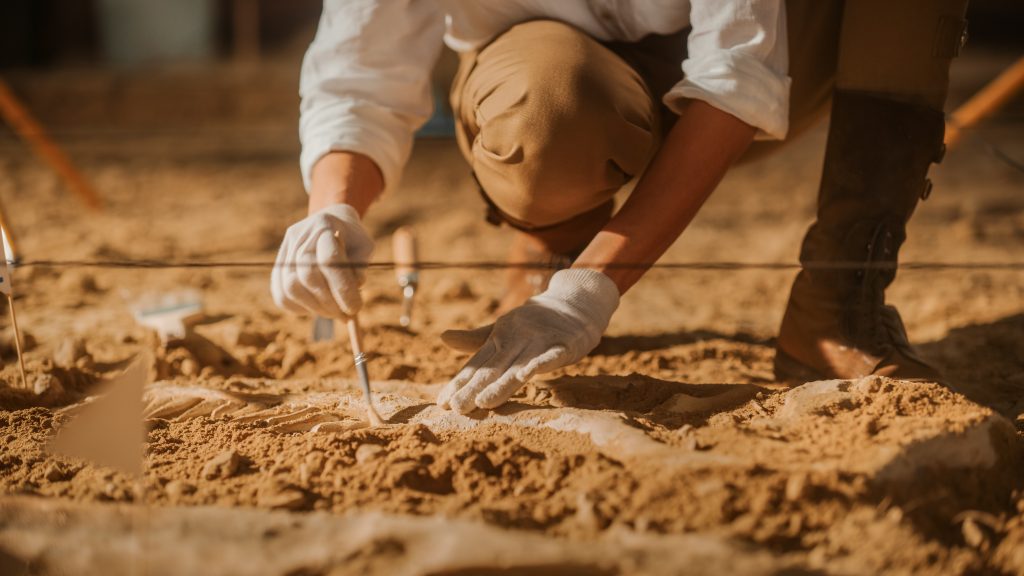
- ARAB NEWS
- 12 Jul 2025

TOKYO: An international research team, with members from institutions such as Tokyo City University and Japan’s National Museum of Nature and Science, has discovered one of the world’s oldest fossils of two ichthyopterygian specimens.
Of the two marine reptile specimens whose bones were found in the 249-million-year-old strata located just south of Vladivostok in Russia, one is estimated to have been around 5 meters in body length, which makes it one of the largest early marine reptiles known so far.
Ichthyopterygians entered the ocean after living on land, following the end-Permian mass extinction, which occurred around 252 million years ago.
While they grew larger in size to rule the marine ecosystem during the Triassic period, ichthyopterygians went extinct during the middle Cretaceous period, around 94 million years ago.
Yasuhisa Nakajima, an associate professor at Tokyo City University, and others analyzed the bones of vertebrate animals found in 2006 and 2017 by Yasunari Shigeta of the National Museum of Nature and Science, and others.
Through the study, the researchers found that the bones were from specimens of early ichthyopterygians.
Of the two specimens to which the bones belonged, one is estimated to have been around 2.5 meters in body length based on the analyses of two vertebral centra and other bones that were discovered.
The other specimen is estimated to have been 5 meters long as the discovered humerus was similar to that of a large ichthyopterygian specimen found in a middle Triassic stratum in the US state of Nevada dating back about 246 million years.
The team also found that the bones of the early ichthyopterygians were filled with sponge-like tissues, which are seen in current whales, indicating that the reptiles were well-adapted to a life in the sea as they did not need dense bones to support their weight.
Considering the fact that it took whales around 10 million years to fit into an aquatic lifestyle, the ichthyopterygians were adapting at a far faster pace over the 3 million years since the end-Permian mass extinction, Nakajima observed.
JIJI Press